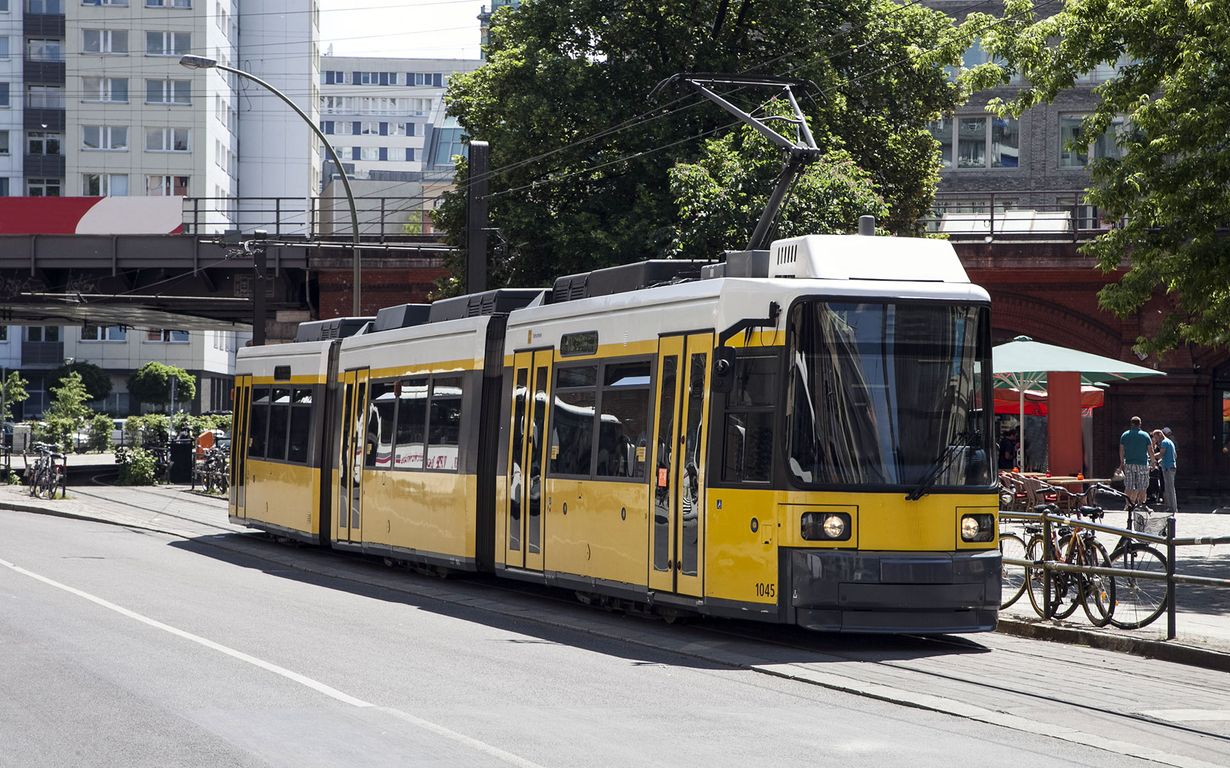
Trams have been a part of urban landscapes for over a century, weaving through city streets and connecting neighborhoods. But how much do you really know about these fascinating vehicles? From their early days as horse-drawn carriages to the modern electric versions zipping through cities today, trams have a rich history and many interesting quirks. Did you know that the first electric tram was introduced in 1881 in Berlin? Or that some trams can reach speeds of up to 70 miles per hour? Whether you're a public transport enthusiast or just curious, here are 27 facts that will make you see trams in a whole new light. Hop on and let's take a ride through tram history!
The History of Trams
Trams have been around for centuries, evolving from horse-drawn carriages to modern electric marvels. Let's explore some fascinating historical facts about trams.
-
The first tramway was established in 1807 in Swansea, Wales. It was horse-drawn and used to transport copper ore.
-
In 1832, New York City introduced the first streetcar line in the United States, also horse-drawn.
-
San Francisco's iconic cable cars began operating in 1873, designed to navigate the city's steep hills.
-
The world's first electric tram line opened in 1881 in Berlin, Germany, revolutionizing public transportation.
-
By the early 20th century, trams were a common sight in many major cities worldwide, providing an efficient means of urban transport.
Technological Advancements in Trams
Trams have seen significant technological advancements over the years. These innovations have made them more efficient, environmentally friendly, and comfortable for passengers.
-
Modern trams often use regenerative braking systems, which convert kinetic energy back into electrical energy, reducing energy consumption.
-
Some trams are equipped with supercapacitors, allowing them to store and release energy quickly, improving efficiency.
-
Wireless charging technology is being tested in some cities, enabling trams to charge while at stops without the need for overhead wires.
-
Low-floor trams, introduced in the 1990s, provide easier access for passengers with disabilities, strollers, and luggage.
-
Advanced signaling systems and GPS technology help trams maintain schedules and improve safety.
Trams Around the World
Trams are a popular mode of transportation in many countries. Each city has its unique tram system, reflecting its culture and history.
-
Melbourne, Australia, boasts the largest urban tram network in the world, with over 250 kilometers of track.
-
Hong Kong's double-decker trams, known as "ding-dings," have been in operation since 1904 and are a beloved part of the city's heritage.
-
Lisbon, Portugal, is famous for its vintage trams, which navigate the city's narrow, winding streets.
-
The tram system in Zurich, Switzerland, is known for its punctuality and efficiency, often serving as a model for other cities.
-
Amsterdam's trams are an integral part of the city's public transport network, connecting various neighborhoods and attractions.
Environmental Impact of Trams
Trams are considered one of the most environmentally friendly modes of urban transport. They help reduce traffic congestion and lower carbon emissions.
-
Electric trams produce zero emissions at the point of use, contributing to cleaner air in cities.
-
Trams can carry a large number of passengers, reducing the need for individual car journeys and decreasing overall traffic.
-
Many cities are investing in tram networks as part of their sustainable urban development plans.
-
Trams often run on renewable energy sources, such as wind or solar power, further reducing their environmental impact.
-
The construction of tram lines can lead to the revitalization of urban areas, promoting economic growth and reducing urban sprawl.
Fun and Quirky Tram Facts
Trams have some fun and quirky aspects that make them even more interesting. Here are a few lesser-known facts.
-
The world's shortest tram line is in the city of Gmunden, Austria, measuring just 2.3 kilometers.
-
In Budapest, Hungary, tram line 4/6 is one of the busiest in the world, carrying over 200,000 passengers daily.
-
The "Tram of the Future" in Dubai is driverless and fully automated, showcasing cutting-edge technology.
-
Some trams in Japan are designed to resemble animals, such as the "Cat Tram" in Okayama, which features cat-themed decorations.
-
In Helsinki, Finland, there's a "Pub Tram" where passengers can enjoy a drink while touring the city.
-
The world's longest tram line is in the city of Antwerp, Belgium, stretching over 24 kilometers.
-
In New Orleans, the St. Charles Avenue Streetcar Line is the oldest continuously operating streetcar line in the world, running since 1835.
The Last Stop on Our Tram Journey
Trams have a rich history and continue to play a vital role in urban transport. From their humble beginnings as horse-drawn carriages to the sleek, electric-powered vehicles we see today, trams have evolved significantly. They offer an eco-friendly alternative to cars, help reduce traffic congestion, and provide a reliable mode of transportation for millions of people worldwide.
Understanding the fascinating facts about trams can deepen our appreciation for this mode of transport. Whether it's the world's longest tram route in Melbourne or the unique double-decker trams in Hong Kong, each fact adds a layer of intrigue.
Next time you hop on a tram, remember the incredible journey these vehicles have taken through history. They’re not just a means of getting from point A to point B; they’re a testament to human ingenuity and the ongoing quest for efficient, sustainable urban living.
Was this page helpful?
Our commitment to delivering trustworthy and engaging content is at the heart of what we do. Each fact on our site is contributed by real users like you, bringing a wealth of diverse insights and information. To ensure the highest standards of accuracy and reliability, our dedicated editors meticulously review each submission. This process guarantees that the facts we share are not only fascinating but also credible. Trust in our commitment to quality and authenticity as you explore and learn with us.
